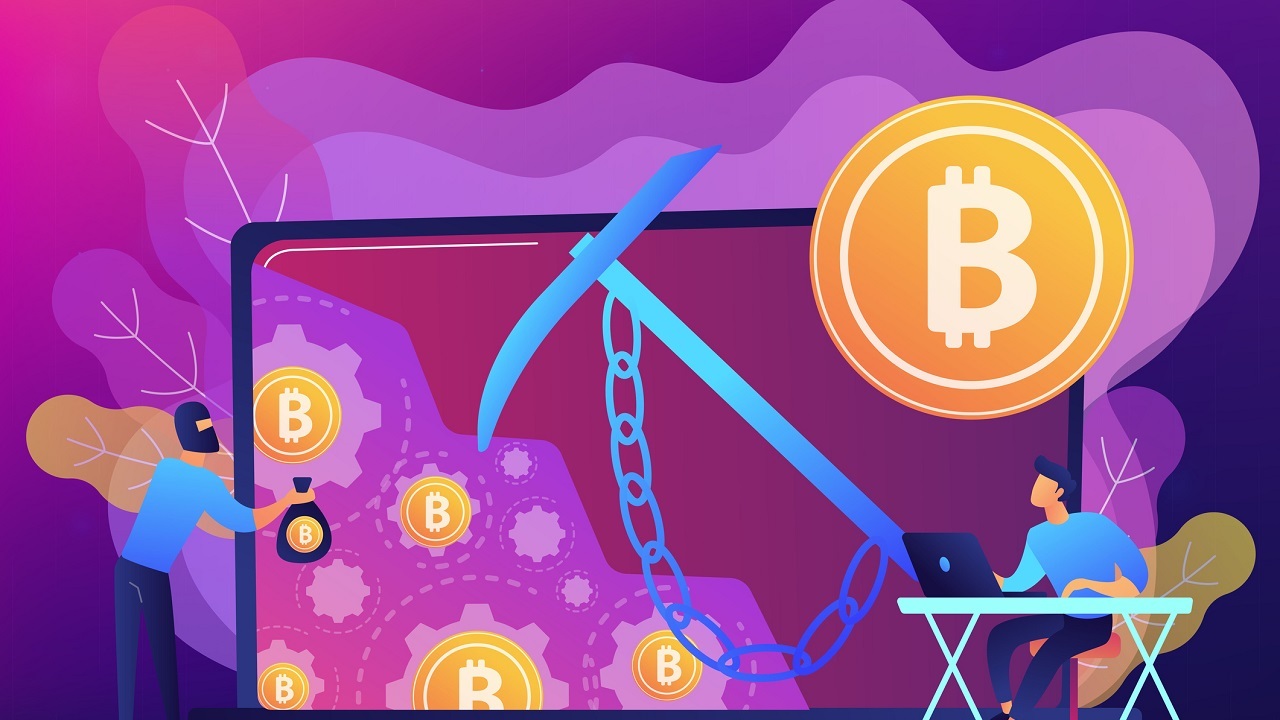1. Introduction
Bitcoin has been making headlines for over a decade now, and for good reason. The cryptocurrency has had a meteoric rise in value, going from just a few cents to over $60,000 in a few years. This has made Bitcoin a popular investment for traders, but it’s not without its risks. In this guide, we’ll take you through everything you need to know to start trading Bitcoin safely and successfully.
2. What is Bitcoin?
Bitcoin Immediate Connect is a decentralized digital currency that operates without a central bank or administrator. It was created in 2009 by an unknown person or group using the name Satoshi Nakamoto. Bitcoin transactions are verified by network nodes through cryptography and recorded on a public ledger called a blockchain.
3. Why Trade Bitcoin?
There are several reasons why you might want to trade Bitcoin. Firstly, Bitcoin has a high level of volatility, which means that there are plenty of opportunities to make profits. Additionally, Bitcoin is not tied to any specific country or government, which means that it can be a good hedge against economic uncertainty. Finally, Bitcoin is decentralized, which means that it’s not subject to the same regulations and restrictions as traditional currencies.
4. How to Buy Bitcoin
Before you can start trading Bitcoin, Immediate Connect you’ll need to buy some. There are several ways to do this, including:
Cryptocurrency exchanges: These are online platforms that allow you to buy and sell Bitcoin and other cryptocurrencies.
Peer-to-peer marketplaces: These are platforms where you can buy Bitcoin directly from other users.
Bitcoin ATMs: These are physical machines that allow you to buy Bitcoin using cash.
When buying Bitcoin, you’ll need to consider the fees and commissions charged by the platform, as well as the security of the platform.
5. Storing Your Bitcoin
Once you’ve bought Bitcoin, you’ll need to store it somewhere. There are several ways to do this, including:
Cryptocurrency exchanges: Some exchanges offer wallet services, which means that you can store your Bitcoin on the platform.
Software wallets: These are programs that you can download onto your computer or mobile device to store your Bitcoin.
Hardware wallets: These are physical devices that store your Bitcoin offline, making them more secure.
When choosing a wallet, you’ll need to consider the security features of the wallet, as well as the ease of use.
6. Setting Up a Trading Account
Once you’ve bought and stored your Bitcoin, you’ll need to set up a trading account. This will allow you to buy and sell Bitcoin on a cryptocurrency exchange. To set up a trading account, you’ll need to provide some personal information, such as Certainly, my apologies for the mistake. Here’s the continuation of the article:
your name, address, and email. You’ll also need to provide some identification, such as a passport or driver’s license. Once you’ve set up your account, you’ll need to fund it with Bitcoin or fiat currency.
7. Trading Strategies
There are several trading strategies that you can use when trading Bitcoin. These include:
7.1 Technical Analysis
Technical analysis involves using charts and technical indicators to identify trends in the price of Bitcoin. Traders who use technical analysis will look for patterns in the charts and use technical indicators, such as moving averages and RSI, to identify potential entry and exit points.
7.2 Fundamental Analysis
Fundamental analysis involves analyzing the underlying factors that affect the value of Bitcoin, such as news events and economic data. Traders who use fundamental analysis will look for news events, such as government regulations or company announcements, that could affect the price of Bitcoin.
7.3 Sentiment Analysis
Sentiment analysis involves analyzing the overall sentiment of the market towards Bitcoin. Traders who use sentiment analysis will look at social media and other online forums to gauge the sentiment of the market.
8. Risk Management
Trading Bitcoin comes with risks, and it’s important to have a risk management strategy in place. Here are some risk management strategies that you can use:
8.1 Stop-Loss Orders
A stop-loss order is an order to sell your Bitcoin if the price falls below a certain level. This can help to limit your losses if the market moves against you.
8.2 Position Sizing
Position sizing involves calculating the amount of Bitcoin that you should buy or sell based on your risk tolerance and the size of your trading account. This can help to limit your losses if the market moves against you.
8.3 Diversification
Diversification involves spreading your trades across different cryptocurrencies and asset classes. This can help to reduce your overall risk exposure.
9. Common Trading Mistakes to Avoid
There are several common trading mistakes that you should avoid when trading Bitcoin. These include:
FOMO (fear of missing out): Buying Bitcoin when the price is high because you don’t want to miss out on potential gains.
Not having a trading plan: Trading without a plan can lead to impulsive and emotional decisions.
Overtrading: Trading too frequently can lead to losses and can be costly in terms of fees and commissions.
10. Who are Immediate Connect?
Immediate Connect is a consortium of brokers who aspire to aid you in initiating a rapid and fruitful career in trading. Our objective is to assist you through every step of the journey, starting from the moment you contemplate trading cryptocurrency to the moment you can finally retire.
Commencing a new venture can be an intimidating task, especially if it is your first attempt. That is why we have developed a user-friendly platform that can help you discover a suitable broker that meets your unique demands, whether that involves conducting research or simply getting started.
11. Conclusion
Becoming a Bitcoin trader is not easy, but with the right knowledge and strategies, it’s possible to be successful. By following the steps outlined in this guide, you can start trading Bitcoin safely and effectively.
